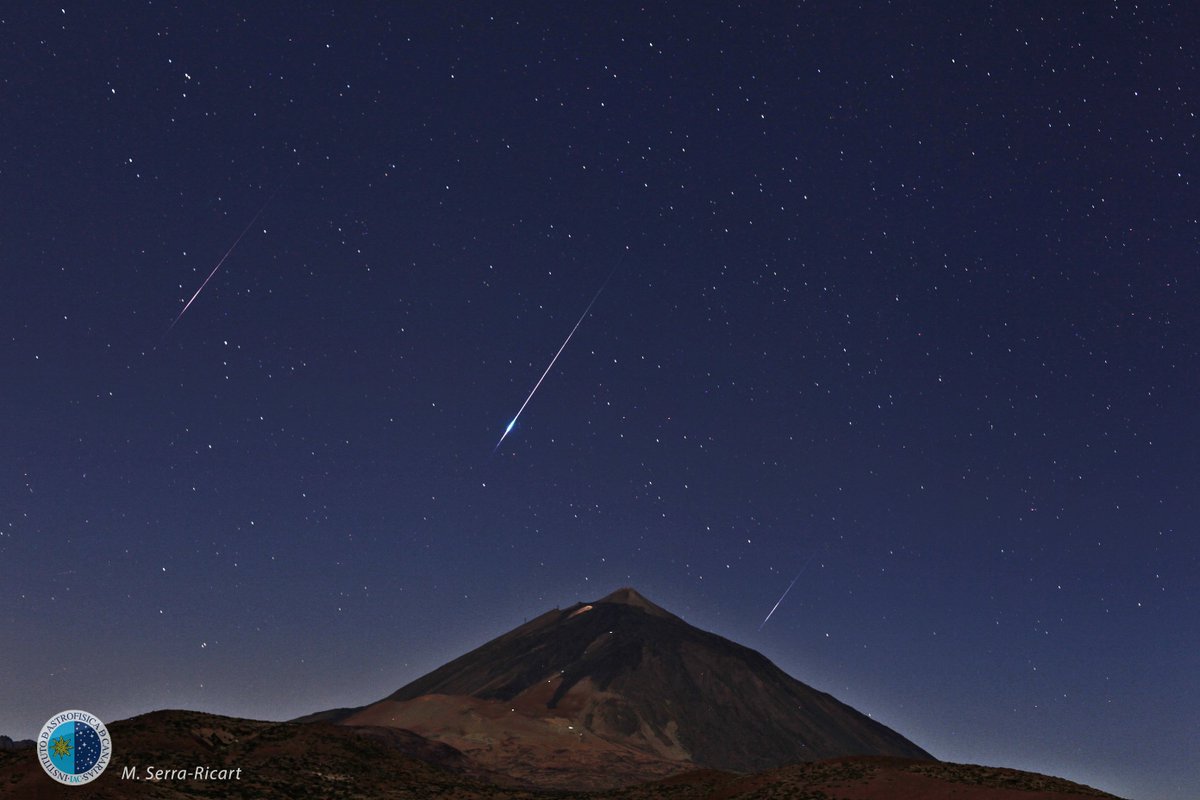Stargazing: When and where to see the Perseid meteor shower in Spain

When:
The shower has been active since the 17th of July and will continue until August 24th. But activity will peak this week, when the best stargazing expected on the nights of August 12th and 13th when the absence of the moon will guarantee dark skies to view the expected 100 meteorites falling per hour.
Stay up late or for the best results rise early as some of the best showings occur just before dawn.
Where:
The meteorite shower is visible across the northern hemisphere but will be especially good in southern Europe.
Find a place as far away from light pollution as possible so head to wide open spaces away from the city. Mountains and beaches are perfect. Then face northeast and enjoy the show.
If you are near an observatory then check the programme for Perseid related events. Madrid, Tenerife, Toledo and the planetarium in Pamplona are among those to stage viewings.
How:
The shooting stars are visible to the naked eye so no need for binoculars or a telescope but allow yourself to become accustomed to the darkness which usually takes around 20 minutes. And have patience as the shower comes in spurts – nothing for a while and then a sudden flurry of activity.

What it is:
In Spanish the phenomenon is known as Lágrimas de San Lorenzo – the tears of St Lawrence – because the best viewing nights often occur around the feast day on August 10th of the Spanish saint martyred in 258 AD.
Shooting stars are caused by tiny flecks of a comet hitting the earth’s atmosphere. The Perseids occur annually when the orbit of Earth crosses into the tail of the comet Swift-Tuttle.
The Perseids are named after the constellation Perseus because that is where the meteors seem to originate from when looking up at the sky.
Source: thelocal.es

 USA 917-679-1211
USA 917-679-1211







 © Jackson Lieblein, LLC 2015.
© Jackson Lieblein, LLC 2015.
